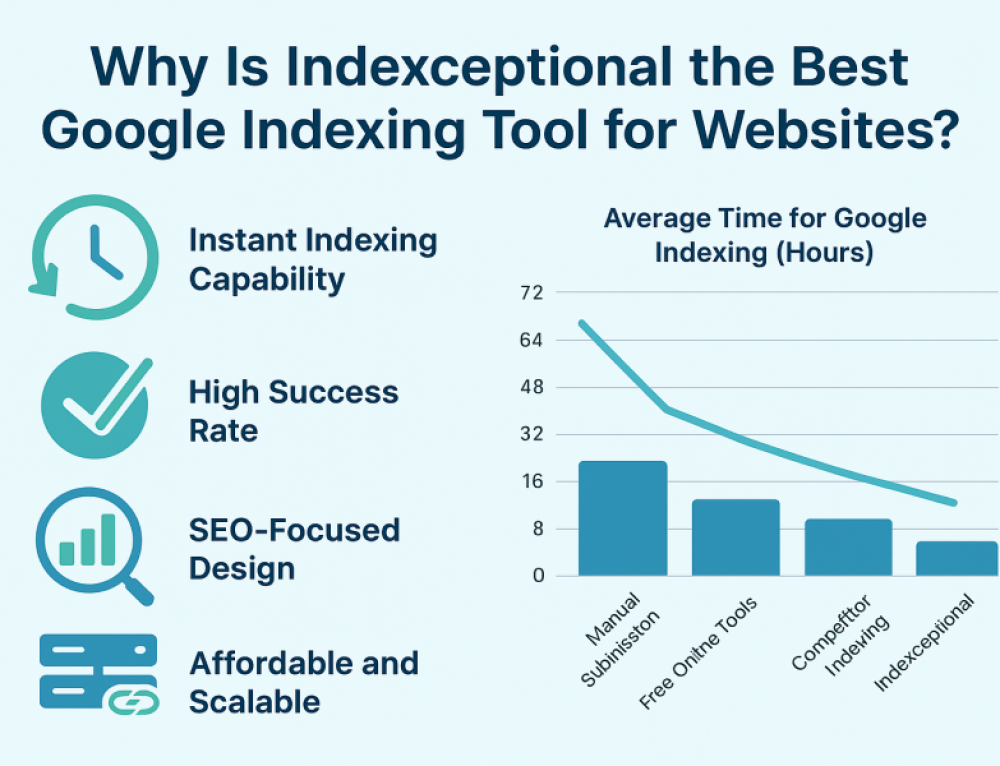How do people use Google? Where do they look, and what search terms do they use? And what does that say about the purchasing stage they are in? What is the long tail? The topic of SEO or Search Engine Optimization can raise many questions, but some universal practices still work today.
The importance of a good SEO ranking
98% of all people use a search engine when searching, with the vast majority using the Google search engine. The potential reach is, therefore, enormous! In addition, research has shown that 68% become acquainted with new providers when searching via search engines.
A good ranking is, therefore, essential when recruiting new customers. You can, of course, compensate for this by investing a significant amount in Google AdWords and thus reaching customers using keywords that are relevant to you.
However: 75% of people click on an organic search result and not on an advertisement, and 90% do not click through to the second page of search results. Therefore, you must achieve a high position in Google to attract visitors to your website. An indication of a good position is a position that is above the so-called ‘fold’.
The part below the fold concerns the part that people do not see directly on their screen, so you have to scroll down. It is, therefore, an excellent goal to achieve a position above this fold for the keywords you want.
How do people use Google?
To understand how people use Google, you don’t need to have studied advanced mathematics. Just think about what you do when you enter a search query in Google: what do you look at first? I bet that’s the top left corner.
Various studies using so-called eye tracking (following the eye movements of the test subject) show that the zone at the top left of the screen is the most important zone. Not only do most people look at this, it is also the one that gets the most clicks. It is, therefore, not surprising that Google’s paid advertisements are placed in this location!
Search queries and the corresponding purchasing stage
But how do you determine which keywords you want to be found for? The search query shows you which purchasing stage the searcher is in. Generally, the longer or more specific the search term, the further the customer is in the purchasing stage. This is particularly clear in searches related to products or services (such as holidays).
An example:
If you are still in the orientation phase, you will probably start with a generic search query, such as ‘mobile phone’ or ‘vacation’. If you type these terms into the search engine, you will see that you are presented with countless websites, so many that you don’t know where to start.
To limit the number of search results, people will search more specifically, for example, on “smartphone” or “holiday in Europe”. You will see that the number of search results decreases, but there are still a lot of them.
It is necessary to refine it even more, for example, “smartphone with subscription” or “holiday Europe Packages”. This way, little by little, the search becomes more specific, and the number of search results becomes fewer and fewer until you have finally made a choice. The more specific the search term used, the more willing you will be to purchase.
What to optimize for?
It makes sense to optimize your website for these types of specific search terms, although the search volume for such a term will be much lower than for a generic search term. And, of course, the consumer will first have to gain inspiration before actually making a purchase, so the generic search terms remain essential.
If you ensure that your website is well optimized (this can be done, among other things, by using the correct keywords in your URL/domain names, in the title of the web pages, headers, ALT tags of images and body texts, and (internal) links and by using a sitemap), you will quickly build up sufficient trust with Google. This will help you be found faster for these generic keywords, automatically making scoring for the more specific keywords easier.
You can use the Google Keyword Tool to get inspiration regarding the use of keywords. Here, you can enter different keywords, and you will then get an indication of the search volume for these specific keywords and a whole host of related keywords. You can also see here how much competition is per search term. This way, you can determine which search terms you would like to be found for.
Longtail
The long tail or long neck generates a lot of traffic, which concerns generic keywords such as the aforementioned mobile phone and holiday Europe. You often have fierce competition for these keywords, and the conversion is generally low. The further you get to the dinosaur’s tail (the long tail), the more specific the search. The following applies: the search volume is lower, but the conversion rate is generally much higher.






Leave A Comment
You must be logged in to post a comment.